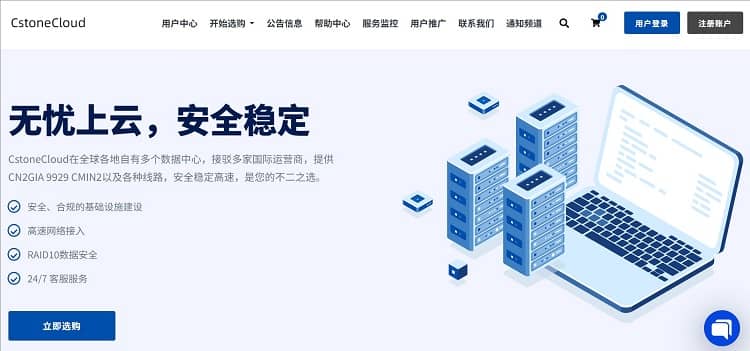在Android开发中,startForeground方法用于将一个通知与一个后台服务关联起来。如果你遇到了与startForeground相关的问题,以下是一些可能的解决方案:
-
确保通知渠道已创建: 在Android 8.0(API级别26)及更高版本中,你需要为应用创建一个通知渠道。如果没有创建通知渠道,
startForeground将无法正常工作。if (Build.VERSION.SDK_INT >= Build.VERSION_CODES.O) { NotificationChannel channel = new NotificationChannel(CHANNEL_ID, "Channel Name", NotificationManager.IMPORTANCE_DEFAULT); NotificationManager manager = getSystemService(NotificationManager.class); manager.createNotificationChannel(channel); } -
传递正确的通知ID和通知对象:
startForeground方法需要两个参数:通知ID和一个通知对象。确保你传递的ID是唯一的,并且通知对象是有效的。NotificationCompat.Builder builder = new NotificationCompat.Builder(this, CHANNEL_ID) .setContentTitle("Title") .setContentText("Content") .setSmallIcon(R.drawable.ic_notification); Notification notification = builder.build(); startForeground(NOTIFICATION_ID, notification); -
检查服务是否在主线程中调用
startForeground:startForeground必须在主线程中调用,否则会抛出异常。确保你的服务代码在主线程中执行。 -
确保服务已正确启动: 确保你的服务已经通过
startService或bindService方法正确启动。如果服务没有启动,startForeground将无法正常工作。Intent serviceIntent = new Intent(this, MyService.class); startService(serviceIntent); -
检查日志中的错误信息: 如果
startForeground仍然无法正常工作,查看系统日志中的错误信息,以获取更多关于问题的线索。你可以使用Logcat工具来查看日志。adb logcat -
确保应用有足够的权限: 确保你的应用有足够的权限来显示通知。例如,在
AndroidManifest.xml中声明必要的权限。<uses-permission android:name="android.permission.FOREGROUND_SERVICE"/>
通过以上步骤,你应该能够解决大多数与startForeground相关的问题。如果问题仍然存在,请提供更多的上下文信息,以便进一步诊断。

 便宜VPS测评
便宜VPS测评











